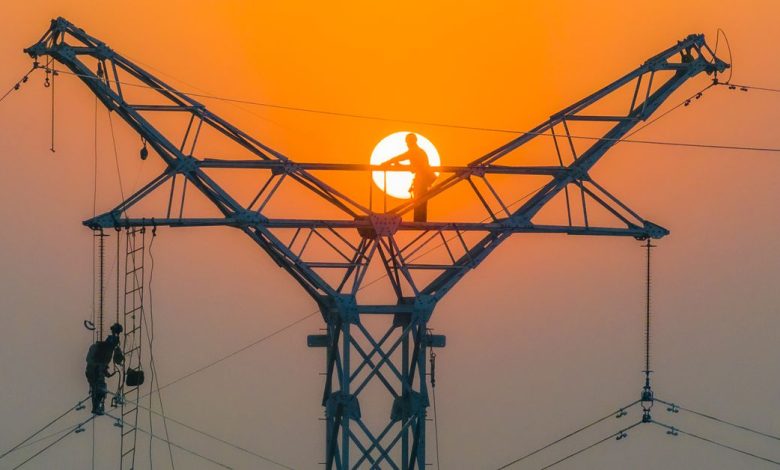The world’s power grids, 50 million miles’ worth, need a major overhaul

[ad_1]
Governments and utilities need to add or replace the equivalent of virtually all the world’s power grids by 2040 to reliably keep the lights on while cleaning up pollution from the power sector. That’s 80 million kilometers (nearly 50 million miles) of infrastructure that needs a major upgrade, according to a first-of-its-kind report released by the International Energy Agency (IEA) today.
Without that overhaul, countries risk missing their climate goals and worsening climate-related disasters like storms and fires that are already walloping power grids. Today’s aging grids are often teetering on the edge of power shortages, something that could become an even bigger problem as homes, buildings, and transportation go all-electric.
“We are heading fast towards an electric future, and grids are the weakest link,” Dave Jones, global insights lead at energy think tank Ember, said in an emailed statement.
“We are heading fast towards an electric future, and grids are the weakest link.”
2023 is on track to be a record year for the adoption of electric cars, electric heat pumps, and renewable energy, Jones notes. It’s all part of countries’ combined efforts to limit global warming to the Paris agreement target of roughly 1.5 degrees Celsius above preindustrial levels, a goal the World Health Organization says could prevent millions of climate change-related deaths.
But power grids aren’t keeping up, and it puts that 1.5 degree target in jeopardy. Of course, there are other major challenges to overcome to reach global climate goals. Countries need to adopt more ambitious plans to phase out the fossil fuels causing climate change and back those plans up with the policies and funding necessary to switch to clean energy.
The IEA report emphasizes that power grids are a big part of that transition, and yet, grids don’t seem to be getting enough attention in that regard. The report says investment in power grids, which has been stagnant globally for more than a decade, needs to double to more than $600 billion a year by the end of the decade.
“The recent clean energy progress we have seen in many countries is unprecedented and cause for optimism, but it could be put in jeopardy if governments and businesses do not come together to ensure the world’s electricity grids are ready for the new global energy economy that is rapidly emerging,” IEA executive director Fatih Birol said in a press release.
Connecting new solar and wind farms to the grid has been a major bottleneck. The report found 1,500 gigawatts’ worth of advanced projects, five times the global solar and wind capacity added last year, “waiting for the green light.” In the US, it takes an average of five years for a new energy project to connect to the grid. It’s a problem the Federal Energy Regulatory Commission is trying to tackle by changing its process for reviewing new energy projects.
These kinds of holdups come with consequences for the climate. If a lack of investment in grids leads to slower deployment of renewables, the IEA report says, then carbon dioxide emissions increase by 60 billion metric tons between 2030 and 2050. That’s as much planet-heating pollution as the power sector created globally over the past four years. And it pushes global average temperatures above that 1.5-degree threshold.
[ad_2]




